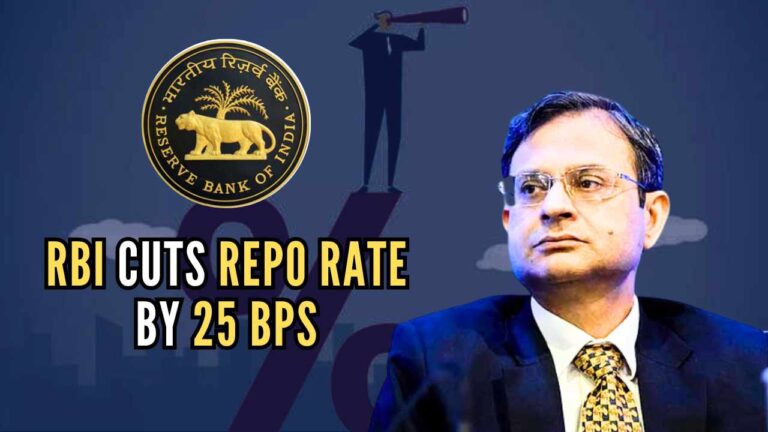RBI Cuts Repo Rate by 25 bps: Smart Strategies to Lower Your Home Loan Interest Burden

The Reserve Bank of India (RBI) has reduced the repo rate by 25 basis points (bps) to 6.25%, marking the first rate cut in nearly five years. This move brings significant relief for home loan borrowers, particularly those with floating-rate loans linked to the repo rate. If you have an existing home loan, you can capitalize on this rate cut to lower your EMI burden, reduce overall interest costs, and shorten your loan tenure. Here’s how you can make the most of this rate reduction:
1. Refinance Your Home Loan: Switch to a Lower Interest Rate
If your home loan is linked to older benchmarks like the MCLR (Marginal Cost of Lending Rate) or the base rate, you could be paying higher interest than necessary. Consider refinancing your home loan to a repo rate-linked loan, which can offer better interest rates starting from 8.35%.
- Why refinance? Banks and lenders are obligated to pass on repo rate cuts to borrowers of repo-linked loans. This ensures faster rate transmission compared to MCLR or base-rate loans.
- No switching charges: RBI guidelines prohibit banks from charging fees for switching from an older benchmark to a repo-linked home loan.
Tip: Compare home loan interest rates across different banks and financial institutions before transferring your loan to secure the best deal.
2. Negotiate With Your Lender for a Lower Interest Rate
Even if your loan is already linked to the repo rate, negotiating with your lender can further reduce your interest burden.
- If your lender offers repo-linked home loans at a lower rate to new customers, ask for a rate revision on your existing loan.
- Banks may not have a formal policy for interest rate revisions but can make adjustments on a case-by-case basis.
- Highlight your good repayment track record and indicate a willingness to shift to another lender—this can work in your favor during negotiations.
Tip: Keep track of repo rate changes and compare lender interest rates every 3-6 months to ensure you’re getting the best deal.
3. Use Partial Prepayments to Reduce Your Interest Outgo
The repo rate cut, along with tax savings under the new income tax regime, can increase disposable income for salaried individuals. Rather than spending the extra savings, consider making partial prepayments on your home loan.
- How it helps:
- Reduces principal loan amount
- Lowers total interest payable
- Shortens loan tenure
Example:
A borrower with a ₹75 lakh home loan over 20 years at 9% interest will pay a total of ₹1.62 crore over the tenure. If the interest rate drops to 8.75% after 3 years, the borrower can save ₹4.97 lakh and close the loan 7 months earlier.
Tip: Use your annual bonus, salary hike, or windfall gains to make prepayments and reduce long-term interest costs.
4. Choose the Right Home Loan Provider
If you are planning to take a new home loan, opt for a lender with the lowest spread over the repo rate. Some banks and housing finance companies (HFCs) may offer lower rates compared to others.
- Compare lender offers: Look for institutions providing transparent interest rate structures with minimal spreads over the repo rate.
- Watch out for hidden charges: Some lenders may impose processing fees or conversion charges, which can offset the benefits of lower rates.
Tip: Use online home loan EMI calculators to estimate interest savings before switching lenders.
Final Thoughts
The 25 bps repo rate cut by the RBI offers a great opportunity for home loan borrowers to optimize their finances. Whether through refinancing, negotiating, making prepayments, or switching lenders, taking proactive steps can save you lakhs in interest payments.Maximize your home loan savings today—stay informed, take action, and invest wisely!


